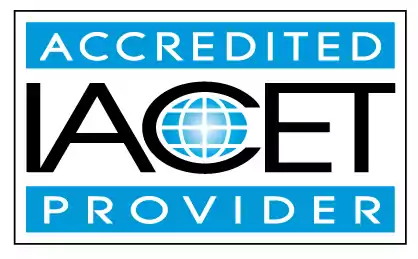Define Building and Physical Premises Safety
At [Domain Name], we prioritize the safety of children in early childhood education and child care centers. Our central objective is to define building and physical premises safety, ensuring a secure environment for kids. We provide guidance and support to help you understand and implement safety measures tailored to your specific facility.Trainings incorporating this outcome
Proficiency Level
Price
2 hours courses
Related Outcomes
- Define Building and Physical Premises Safety.
- Identify safety considerations for building, physical premises, and transportation and plan for emergency response.
- Identify potential building and physical premises hazards and ways to protect from hazards.
- Define strategies for transportation and field trip safety.
- Identify regulations as it pertains to the physical plant, playground, and water safety guidelines.
- Define active play in the early childhood classroom and describe its benefits for young children.
- Identify team-building activities.
- Define the similarities between major theories.
- Distinguish appropriate indoor safety concerns
- Explain appropriate indoor safety concerns
- List safety risks for infants and toddlers and strategies to diminish these risks.
- Identify resources addressing health, safety and nutrition topics (CPR, 911, CDC, WIC, Poison Control)
- Identify factors that influence learning in a child's physical environment.
- Identify important safety procedures when transporting children
- Explain appropriate outdoor safety concerns.
- Define healthy practices to mitigate the spread of germs and decrease the likelihood of SIDS in infants and toddlers.
- Explain safety management and supervision practices of school-aged children.
- Identify appropriate practices for identify and demonstrate an children: Define Developmentally Appropriate Practice
- Demonstrate understand developmentally appropriate practices for school-age children with developmental, emotional, cognitive, language and/or physical needs
- Define obesity in children including statistics and methods to measure.
Related Articles
- Nevada Initial Training Requirements Building and Physical Premises Safety
- Upcoming Basic Health & Safety and Breastfeeding Awareness training
- Building Brighter Futures: The Critical Role of Professional Development for Early Childhood Educators
- How to Start a Daycare and Maintain Health and Safety
- Enhancing Communication with Families in Child Care: Building Strong Partnerships
- Physical Activity and Nutrition
- Candy Canes & Certifications: Building Skills in Early Childhood Education
- New Year, Fewer Tantrums: Tips for Building Strong Parent-Educator Partnerships in 2025
- Wobble Boards and Balance Beams: How Physical Movement Supports Somatic Healing in children
- Essential Training for Preschool Teachers: Building a Safe and Nurturing Learning Environment
- The Great Snowman Debate: Montessori vs. Traditional Methods for Building Frosty Friends
- First Aid for Frosty Fingers: Holiday Safety and CPR Tips Every Parent Should Know
- Social Media Usage in Children: Risks and Safety Tips
- How to Build Community in Your Classroom Through Daily Rituals
- Ensuring Classroom Safety: The "1, 2, 3, Eyes on Me" Tool
- How to Build Strong Relationships with Families
- Building a Back-to-School Routine: Balancing Homework, Extracurriculars, and Family Time
- Mini Medics: Teaching Preschoolers Basic First Aid and Safety Skills Through Play
- The Importance of Health and Safety Training
- How to Build a Classroom Garden
 0.2 CEUs
0.2 CEUs